By Dan Carlson
Big-game hunters will have their work cut out for them in the Pacific Northwest this fall. The Pacific Ocean may be entering a Super El Nino phase and that is not good news for those hoping some moisture will bring up water levels in streams, lakes and watering holes. Antler growth is directly related to moisture, it could be a rough year to have a hard to draw tag and expectations should be adjusted.
El Nino is a cyclical warming of the surface temperatures in the eastern Pacific Ocean. Its name, derived from Spanish for “the child”, is a reference to December and the Christ child when El Nino reaches its peak. But this year’s El Nino is throwing forecasters a curve in a number of ways.
First off, El Nino typically diminishes a bit and has less of an impact on weather patterns across North America in the summer. This year, it’s not diminishing but increasing during the summer months to levels not seen in some time. The area of above-average sea surface temperatures in the Pacific is not confined to South America either. It extends from Peru to Alaska! It’s inevitable that the Pacific will eventually flip over to cooler surface temperatures, known as La Nina, but timing that changeover is tough. What’s certain is that this year’s big-game seasons in the Northwest will coincide with a strong El Nino.
Warm ocean surface temps means the air right above the water is also warm and warm air rises. Along with other atmospheric contributors coming together, the result is a ridge or horseshoe shape to the upper-level wind pattern across the U.S. west of the Rockies. This ridge acts like a defensive line in football and blocks precipitation-producing storms from coming ashore in the Pacific Northwest. We’ve been in an El Nino situation since last fall that has resulted in extreme drought across the Northwest. I’m talking specifically about the area west of the Continental Divide in western Montana down through Wyoming into Colorado all the way to the Pacific Coast. Here is how all this will impact your hunt.
Plan on temperatures well above average. You’ll want to layer but be sure your base layers are moisture-wicking to the extreme. Because you’ll be dripping sweat ascending mountainsides, you’ll also be vulnerable to dehydration so a pack with a hydration bladder is something I’d consider essential this fall for anyone on hunts covering a lot of ground. If you don’t want the extra weight, get a good water purification system but good luck finding any natural water sources to sip from. You will be leaving a trail of sweat, which means any game downwind is likely to smell you before you see it unless you take essential scent-masking or scent-suppressing measures.
Your sweat will make you wet and when the sun does drop, so will temperatures. Just because days will be hotter than usual doesn’t mean you’ll be invulnerable to hypothermia at night. Have some high-tech lightweight fleece in a dry bag in your pack that you can slip into at night. Thank me for that idea later.
Terrain you’ll be hunting on will be tinder dry and fire danger extreme. It’s likely to seem like you’re hunting on corn flakes at times. Choose footwear wisely. Remember quiet lightweight footwear must also offer support needed on rugged terrain.
You’ll be smelly, noisy and tired on hunts in the Northwest this fall. Best chances of success will be to set up over a known water source in your tag area. Every animal will be looking for water, including the bucks and bulls you would be happy to hang your tag on.But due to noise and odor, set up near the farthest distance from the water source that’s still inside your ethical kill-shot zone. Just shifting your weight raising a gun or bow will make pine needles or twigs snap like firecrackers so clear the zone of as much debris as possible and practice raising your weapon several times to ensure the process is as noiseless as possible.
Of all the western regions to hunt this fall, the hot and dry conditions in the Northwest will make it the most challenging for reasons I’ve outlined. You’ll need to up your game on several levels to be successful including garments, footwear, stealth, hydration and patience. I would also recommend adjusting your expectations about antler size, moisture means antlers and there hasn’t been much of it in the Pacific Northwest. Good luck and good hunting.
 Eastmans' Official Blog | Mule Deer, Antelope, Elk Hunting and Bowhunting Magazine | Eastmans' Hunting Journals
Eastmans' Official Blog | Mule Deer, Antelope, Elk Hunting and Bowhunting Magazine | Eastmans' Hunting Journals
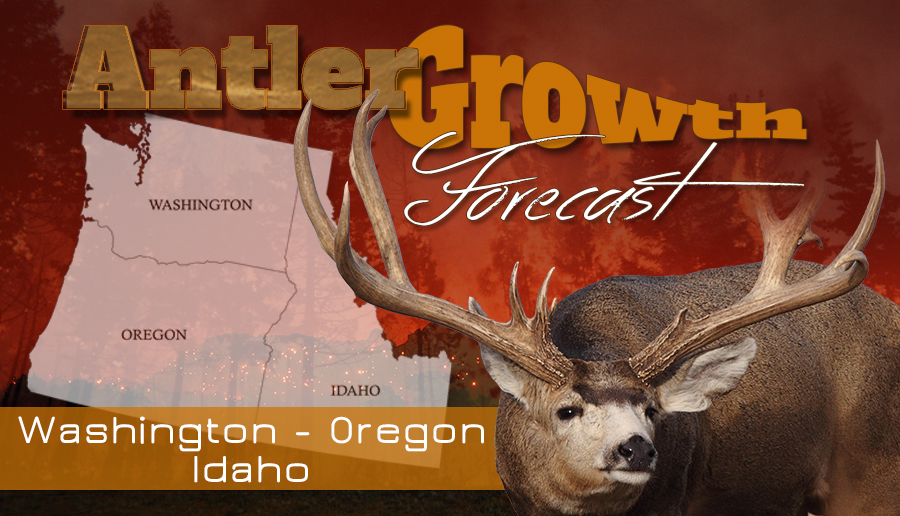
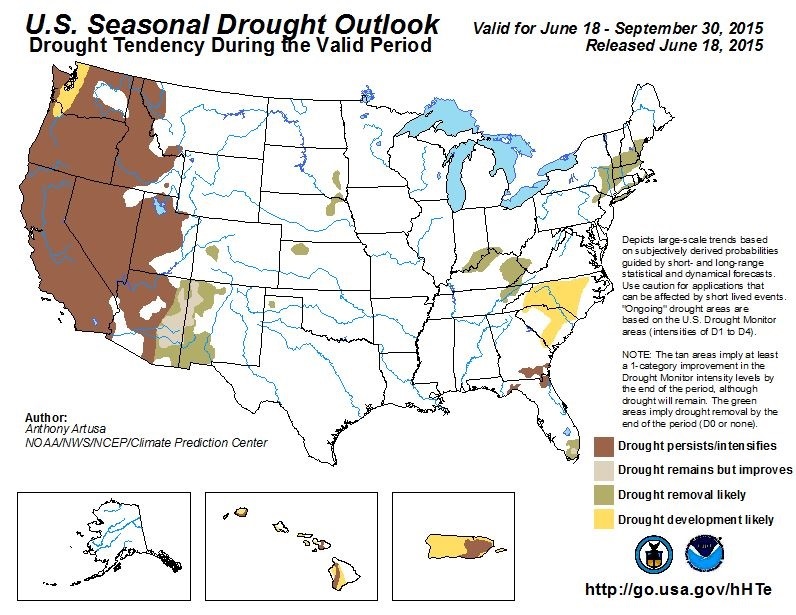
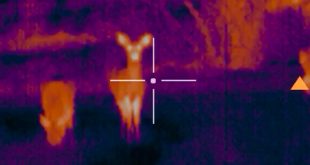
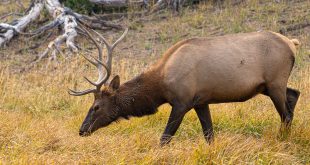

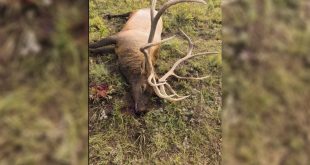

Great article
A good article but from what I have seen this year in Idaho we had a wet spring that grew grasses taller than usual then we had a hot dry period from the mid may until about aweek ago when we had daily downpours. It could be hot but I am hoping for some good antler growth this year. Still our snow pack was on the low side so run off really hasn’t been what it should be..
I live on the Washington/Idaho border and in the 22 yrs I’ve lived here I’ve never seen such a long, hot, dry spell. Nevertheless, I have been seeing quite a few bucks around – some of which seem to be carrying good mass. I put trail cameras out earlier this month and am hoping to see some big racks on them when I check them again this weekend.
I live in western WA and as far as blacktails go antler growth has been outstanding so far this year.